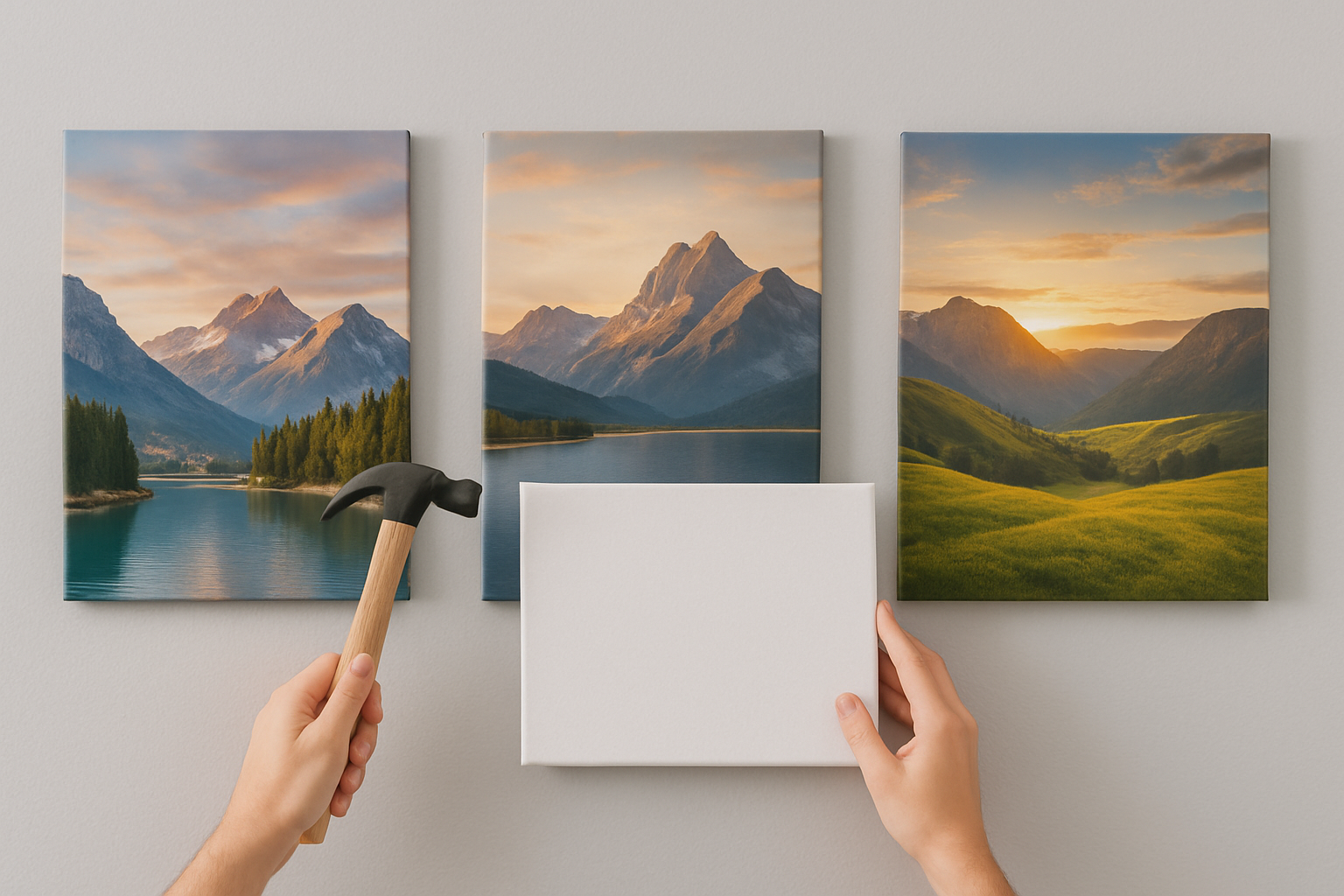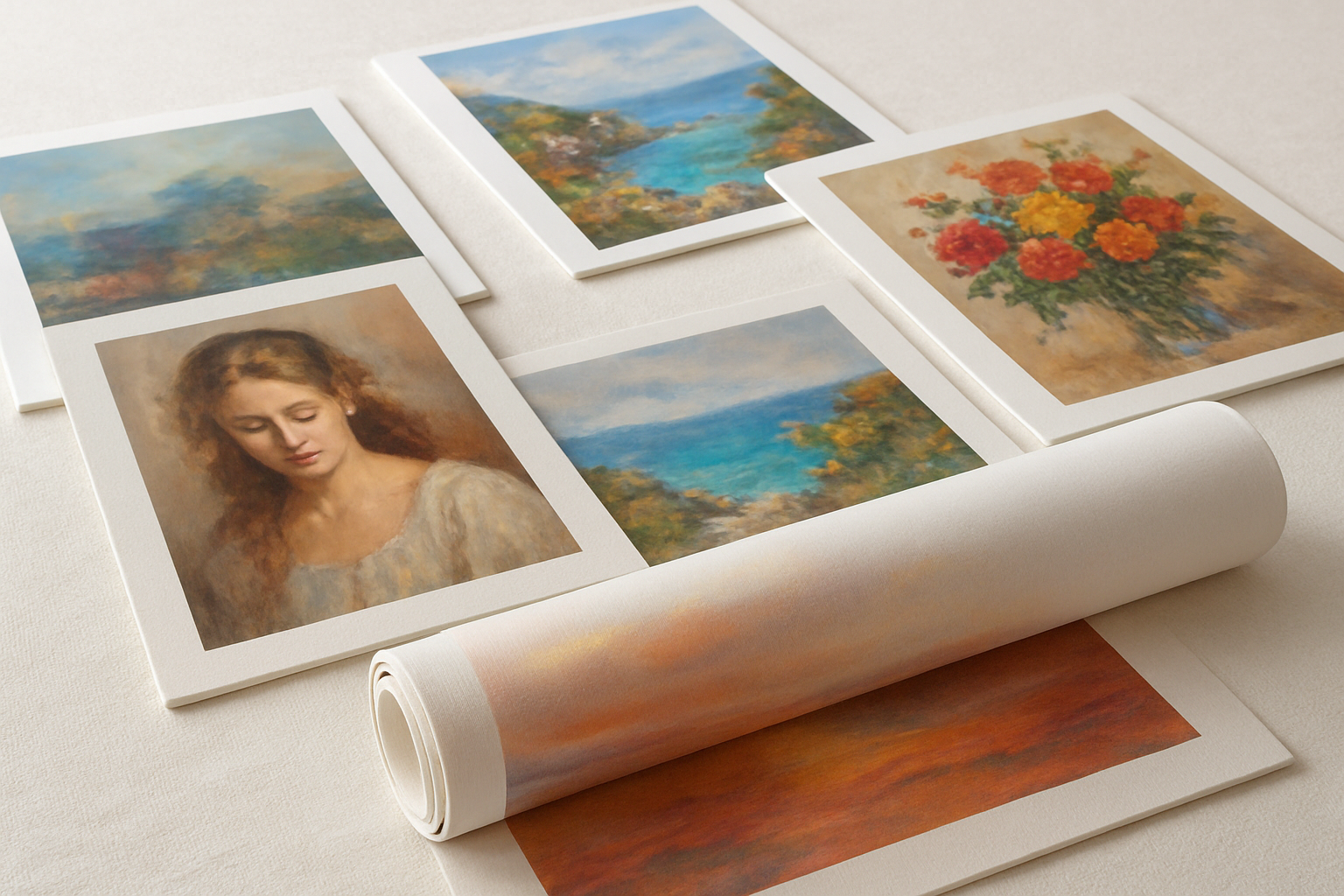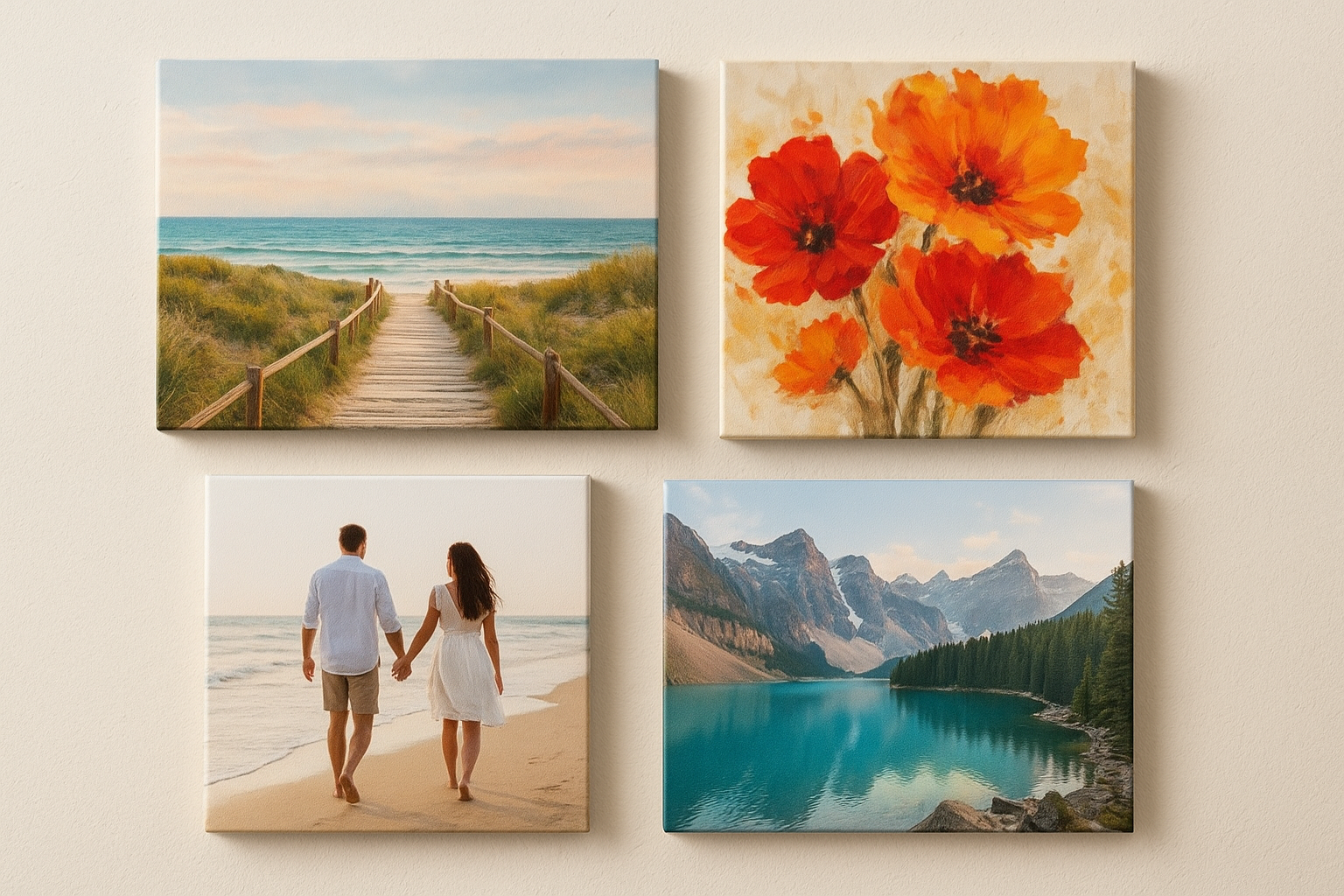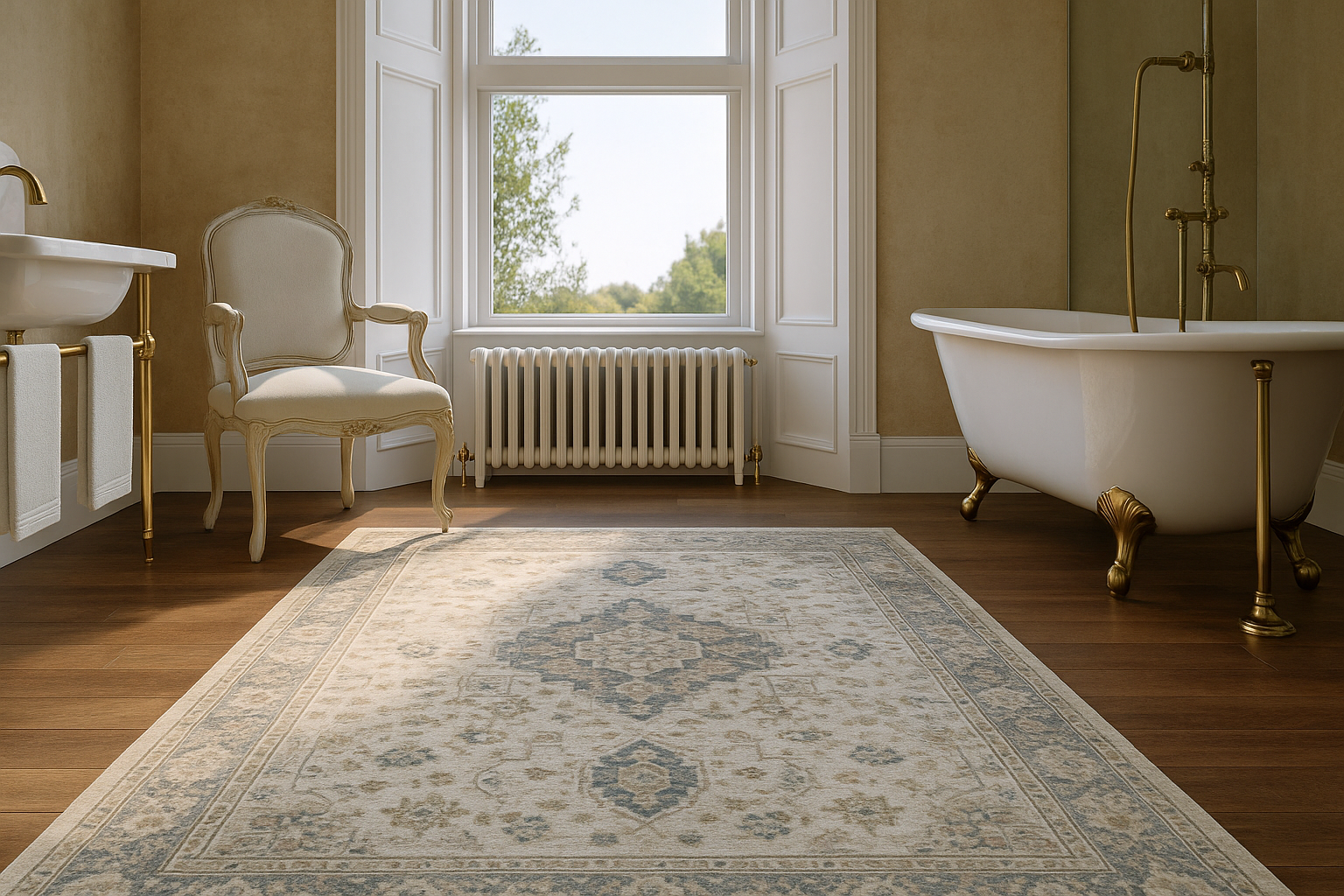How To Install a Custom Statue in Canada
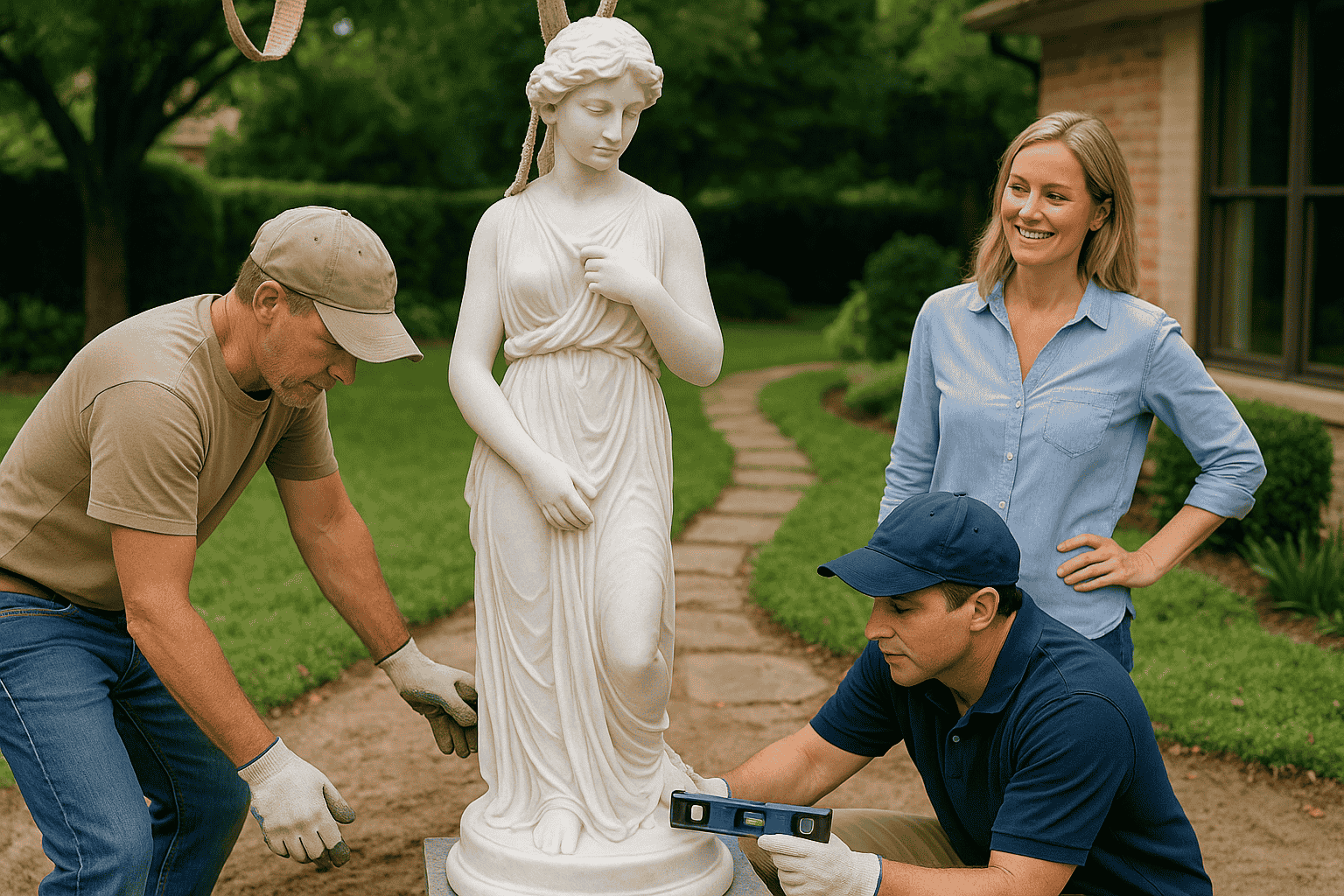
A custom statue changes the feel of a space instantly. It adds feeling. It tells a story. Indoors, it becomes a quiet focal point. Outdoors, it stands with presence.
But before you step back and admire custom statue, you need to install it safely. That part matters. In Canada, weather can shift fast. Ground can shift too. One wrong move during installation, and you might end up with cracks or chips.
No need to stress. It'll be correctly installed with the right equipment, prep, and attention. Let's go through installation steps for statues.
What to Do Before You Start the Statue Installation?
Setting up your tools and space before anything else makes everything easier. Good planning reduces the risk of damage or injury while unpacking or lifting.
Tools You’ll Need
- Safety gloves to protect your hands and the statue
- Hammer and pry bar to open the crate
- Pliers for removing nails or staples
- A soft cloth to wipe off dust and packing residue
Optional Equipment for Heavier Statues
- A hand truck works for mid-weight pieces
- A hydraulic lift helps with tall or vertical lifts
- Use a forklift with padded forks for marble or sandstone statues
Prepare the Area
Pick a clean, flat, and firm surface near where you plan to place the statue. Keep enough room for movement—by hand or with tools—so nothing feels cramped.
Plan the Workforce
Check the size and weight of the statue before you unbox it.
Some need two people, others need a team or equipment.
A little preparation can prevent major issues like scratches, fractures, or back strain.
Step-by-Step: How to Unpack the Statue
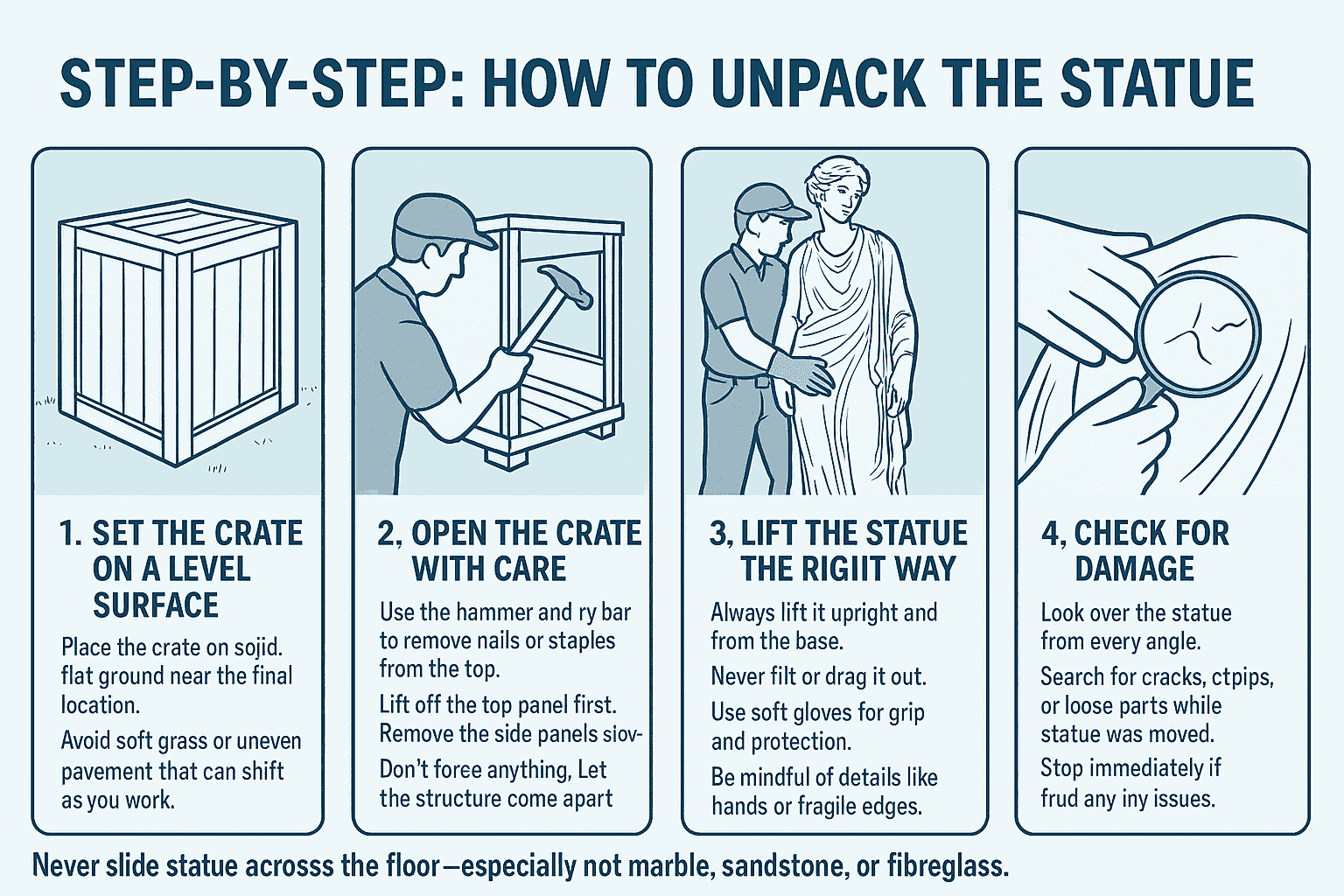
This is your first moment handling the actual statue. Be gentle. Every step matters.
1. Set the Crate on a Level Surface
- Place the crate on solid, flat ground near the final location.
- Avoid soft grass or uneven pavement that can shift as you work.
2. Open the Crate With Care
- Use the hammer and pry bar to remove nails or staples from the top.
- Lift off the top panel first. Remove the side panels slowly.
- Don’t force anything. Let the structure come apart naturally.
3. Lift the Statue the Right Way
- Always lift it upright and from the base.
- Never tilt or drag it out. Use soft gloves for grip and protection.
- Be mindful of details like hands or fragile edges.
4. Check for Damage
- Look over the statue from every angle.
- Search for cracks, chips, or loose parts while statue was moved.
- Stop immediately if you find any issues.
Never slide the statue across the floor—especially not marble, sandstone, or fibreglass. Use proper tools: hand truck, dolly, or forklift with padding. For smaller pieces, a two-person lift from the base works fine.
Installation Tips Based on Material
Not all statues are the same. Each material needs a slightly different approach depending on weight, surface sensitivity, and durability. Here’s how to handle bronze, fibreglass, marble, and sandstone statues.
Bronze Statues
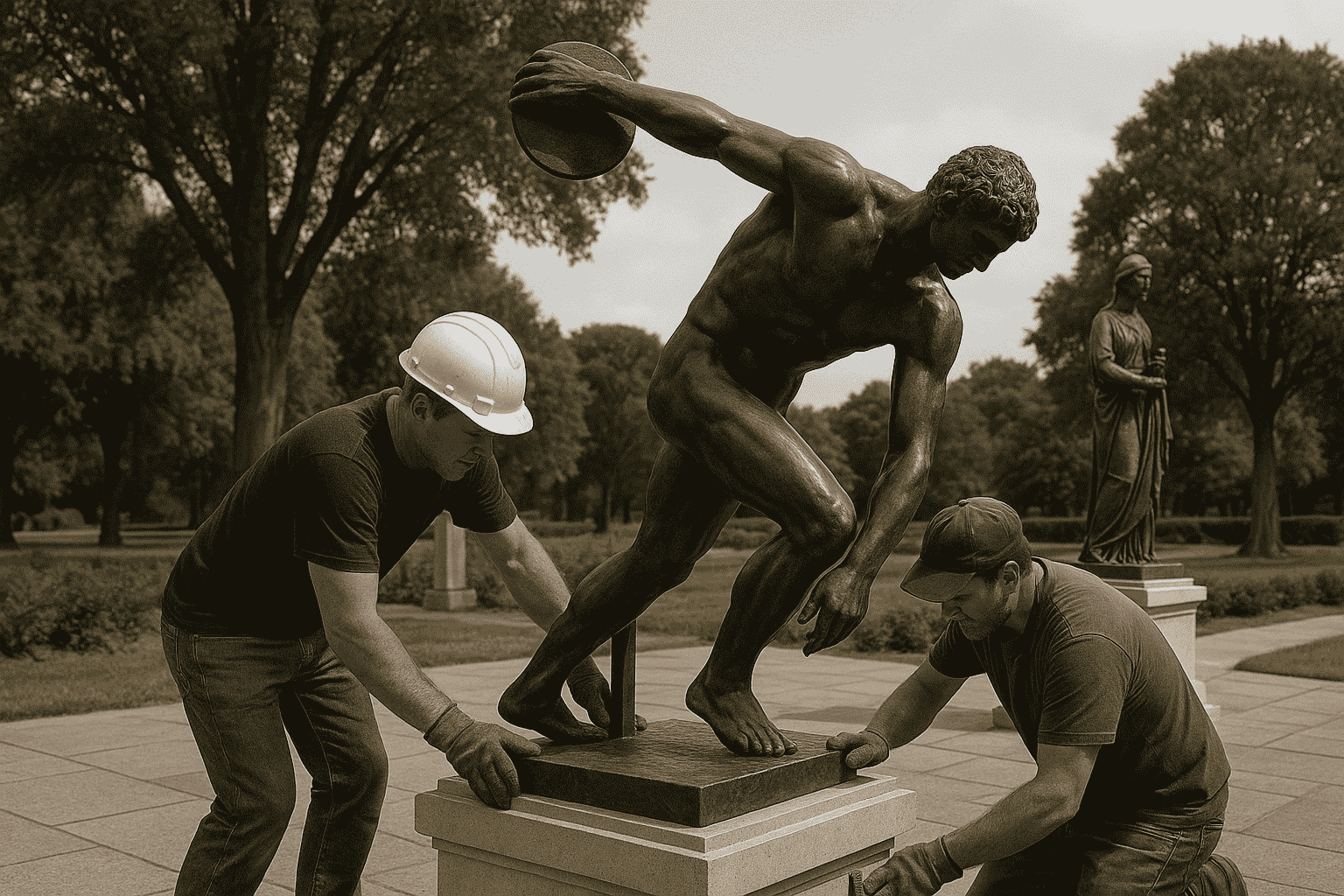
Placement:
- Great for indoors or outdoors.
- Set on flat, firm surfaces—floors, pedestals, or concrete pads.
Weight:
- From 15 to 750 pounds.
- Small ones can be lifted by two people.
- Larger ones need a hand truck or forklift.
Care:
- Wipe gently with a soft cloth.
- Apply wax every few months to protect the patina.
Fibreglass Statues
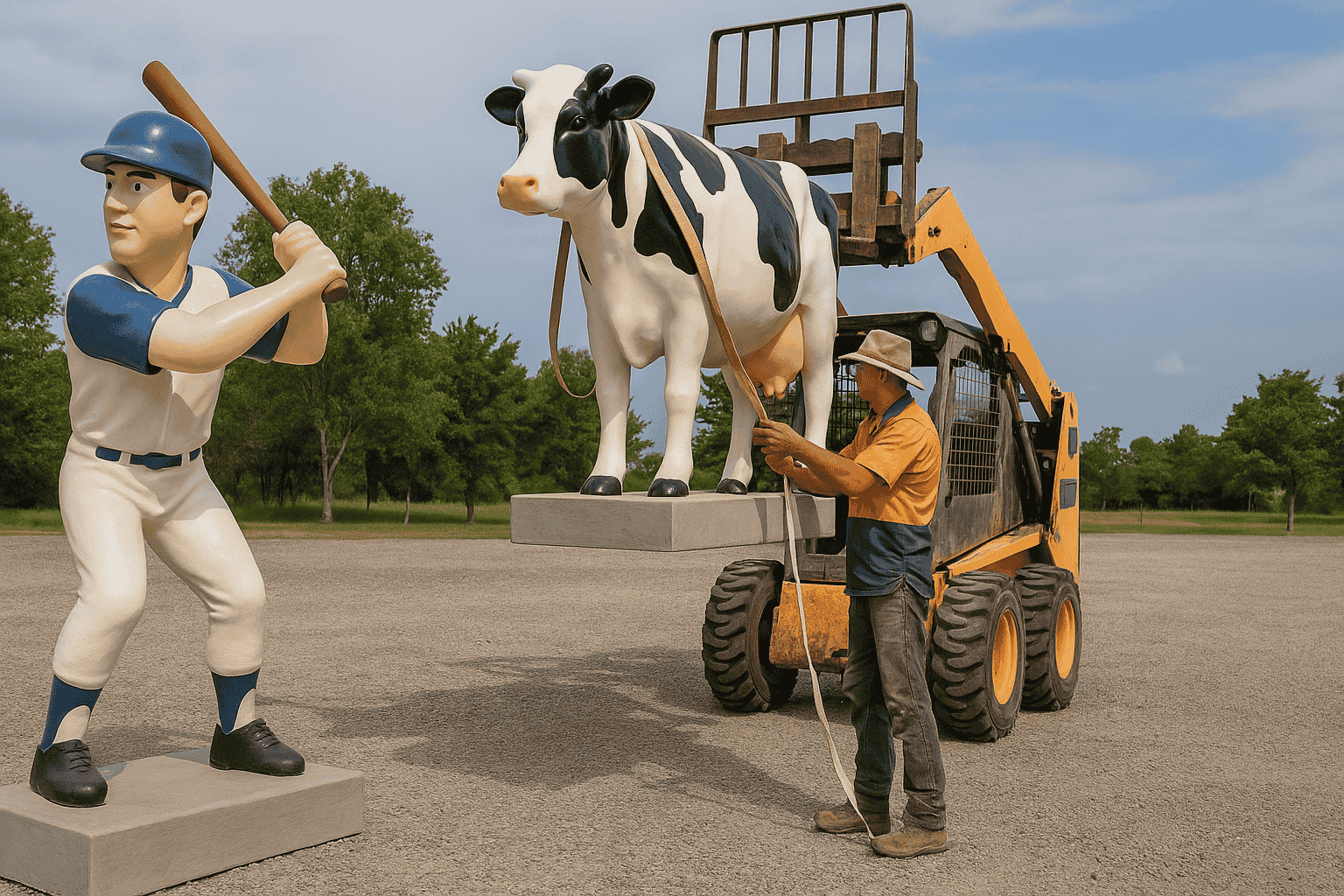
Placement:
- Perfect for inside or outside.
- Avoid direct sunlight and wet areas for long periods.
- Use dry, firm ground like tiles, patios, or platforms.
Weight:
- Ranges from 8 to 350 pounds.
- Two to three people can manage smaller ones.
- Use a forklift for the heavier pieces.
Care:
- Clean using mild soap and water.
- Use a UV-protective sealant if it’s displayed outdoors.
Marble and Sandstone Statues
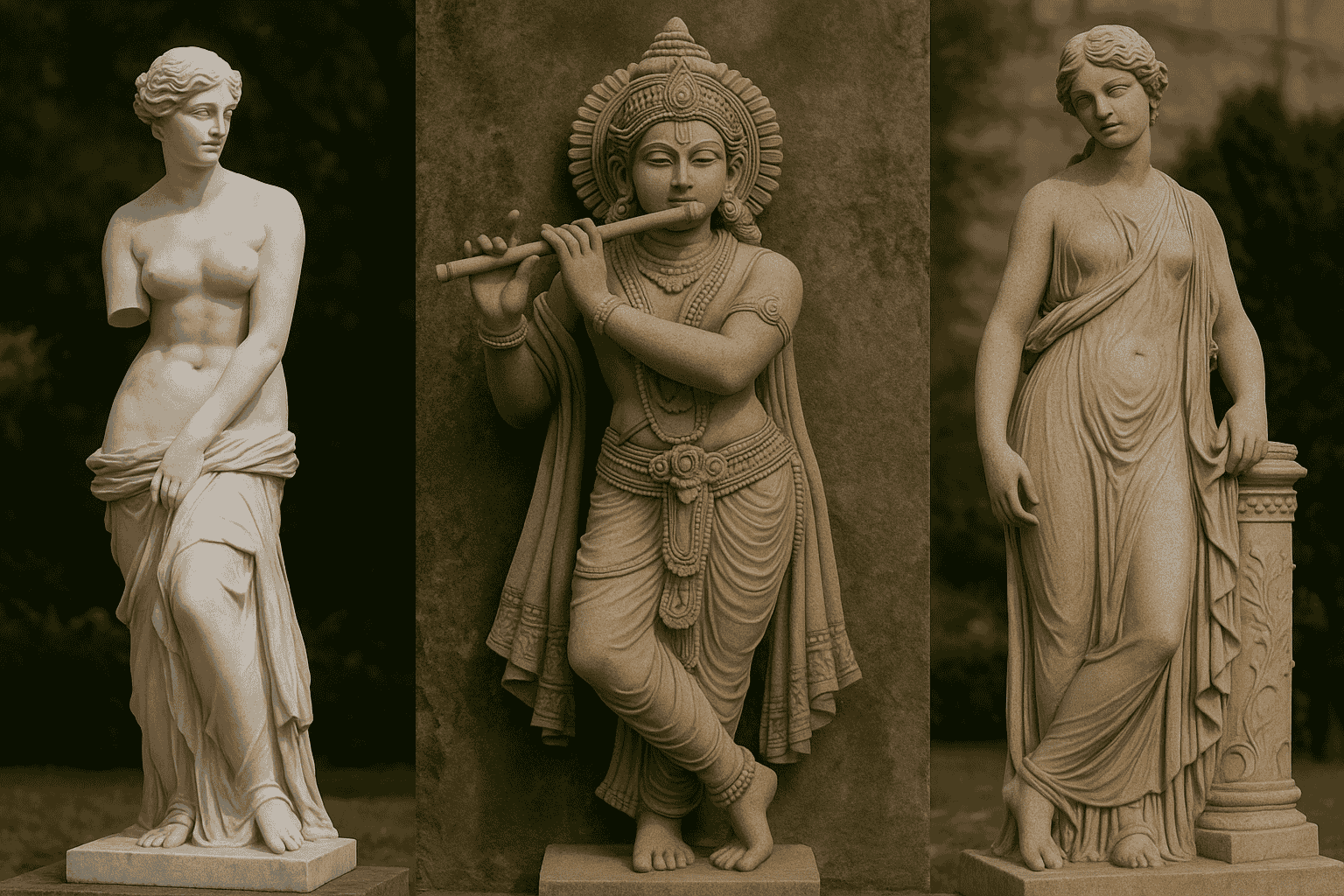
Placement:
- Set on stone or concrete foundations.
- Avoid grass, dirt, or gravel. These surfaces shift and collect water.
Weight:
- Anywhere from 33 to 1433 pounds.
- Very heavy and delicate. Always use a hydraulic lift or forklift.
- Never tilt, drag, or lift from fragile edges.
Care:
- Wipe with a damp, soft cloth.
- Never use acidic or gritty cleaners.
- Apply a stone sealant once a year if placed outside.
How to Finalize the Placement
You’ve unboxed and lifted the statue. Now it’s time to place it just right. The last steps matter just as much as the first.
Check the Ground
- Use a level to confirm the surface is even.
- An unbalanced base makes the statue lean or wobble over time.
Choose a Durable Base
Indoor: Hardwood, tile, or marble flooring is ideal.
Outdoor: Concrete pads, stone slabs, or raised platforms work best.
Avoid grass or soil. These can sink, shift, and cause cracks later.
Add Protective Pads (Indoor Only)
- Use felt or rubber pads under the base.
- They prevent scratches and help the statue stay put.
Guard Against Weather (For Outdoor Use)
- Avoid standing water near the base.
- Raise the platform a bit to help with drainage.
- If the statue is fibreglass or sandstone, place it where there’s a bit of shade.
Secure if Needed
If the statue is tall or heavy—especially outdoors—use bolts or brackets. This keeps it safe from strong winds, kids, pets, or crowds.
Final Thoughts
Once the statue is in place, take a step back. Notice how it completes the space. Strong. Balanced. Beautiful. That’s the result of doing it the right way. You planned, you lifted with care, and you protected the piece from damage. The hard part is done. Now, enjoy the view and let it speak for itself — year after year.
Quick Checklist: Installing a Custom Statue
- Place the crate near the final display area
- Use safety gloves, a hammer, and a pry bar to open it
- Lift straight from the base—never tilt or drag
- Use equipment that matches the weight of the statue
- Install on solid, level ground like concrete or stone
- Use soft pads for indoor placements
- Check for stability and secure the statue if needed

